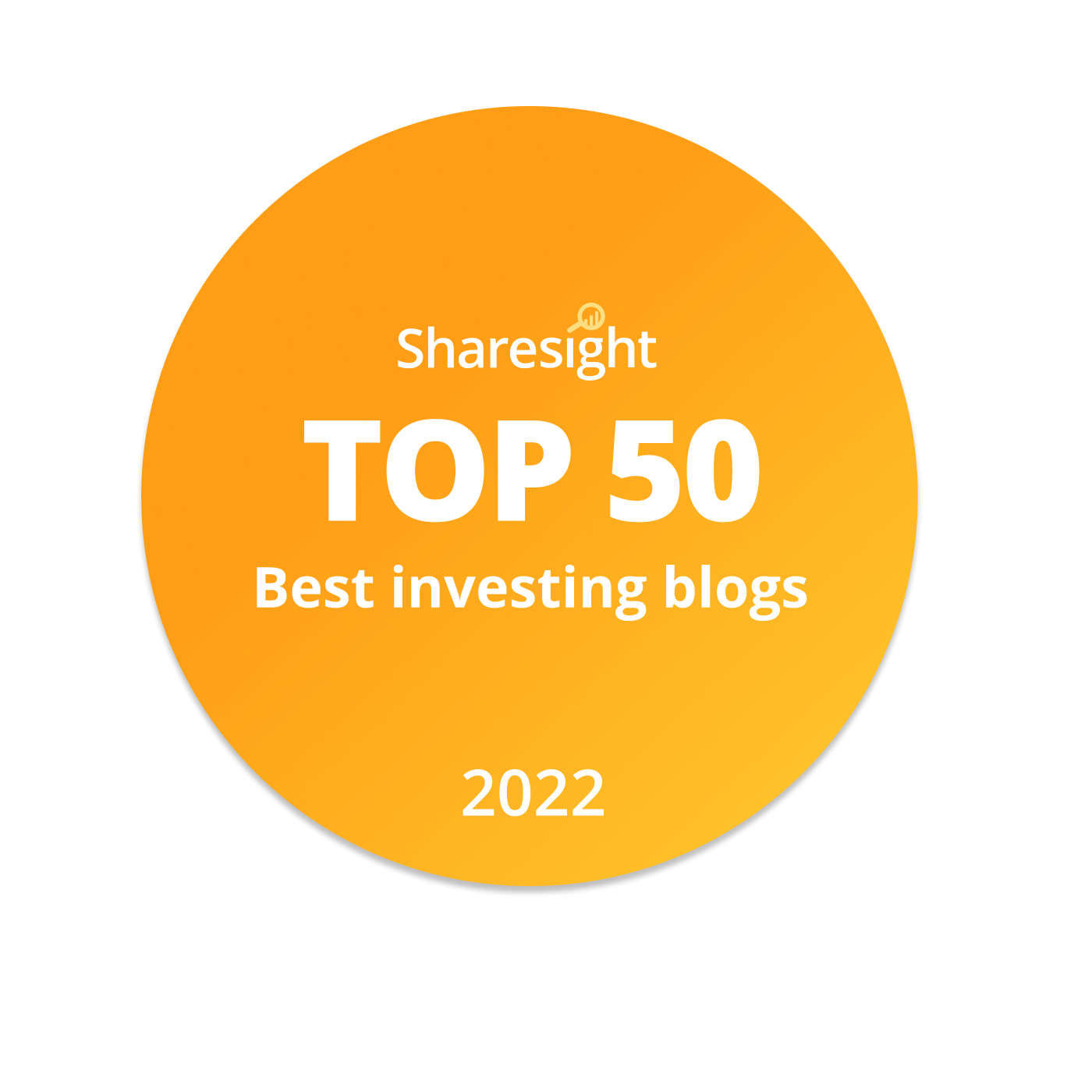
Somewhat out of the blue, the FTSE 100 has started to set new all-time highs.
Having begun the year at just over 7,700, the index has staged a dramatic advance into new territory, breaching the mythical 8,000 barrier in mid-April. By the end of April, it had already exceeded 8,100, and although we’re not even halfway through May, the FTSE 100 has wasted no time in rocketing past 8,200 and 8,300. As I write, it’s heading towards another record high at 8,400 and it doesn’t appear to be slowing down.
For many investors, this string of record highs is surprising because they think the FTSE 100 is the Jurassic Park of stock markets, full of old dinosaurs just waiting to be wiped out by the next economic asteroid.
I saw this surprise first-hand on social media and in my email inbox, where some investors thought these new highs were a sign that the UK market was overvalued and was, therefore, destined to stumble once again, as it has so many times over the last 25 years. Others were more optimistic, suggesting that these record highs were the beginning of a new bull market for UK stocks.
Having had several conversations on this topic, I thought it would be useful to lay out my thoughts as to whether this is indeed the beginning of a new bull market or whether it's more likely to be the peak of an unsustainable bubble.
Are the FTSE 100’s new highs a sign that the index is overvalued or in a bubble?
The fear of a bubble in UK stocks is understandable because the FTSE 100 rarely sets new highs, and when it does, they’re usually followed by bear markets. For example:
- In 1999, the FTSE 100 reached an all-time high of 6,900… and then fell 50% in the dot-com crash
- In 2007, the FTSE 100 reached 6,700 (not quite an all-time high)… and then fell 50% in the global financial crisis
- In 2015, the FTSE 100 reached an all-time high of 7,100… and then fell 20% in the Brexit bear market
- In 2018, the FTSE 100 reached an all-time high of 7,900… and then went sideways for two years before falling 35% in the covid crash of 2020
- In 2023, the FTSE 100 reached an all-time high of 8,000… and then fell into a 10% slump that lasted until 2024
In contrast, US investors have grown used to all-time highs from the S&P 500 and welcome them with open arms, seeing them as a clear sign that the US market is, without doubt, the only stock market in the world worth investing in, at any price.
Here in the UK, new highs are treated with much suspicion, but are these new highs really a sign that the FTSE 100 is overvalued and about to suffer yet another setback?
The valuation question is easy to answer.
Yesterday, the FTSE 100 closed at 8,354. At that price, it had a PE ratio of 14.3 compared to an average of 15.9 over the last 37 years, so the FTSE 100’s PE ratio is slightly below average, implying a slightly below-average valuation.

I’m no fan of the standard PE ratio because earnings volatility can render it meaningless, so I much prefer dividend yield as a measure of value because dividends are far more stable than earnings. Yesterday, the FTSE 100’s dividend yield was 3.6% compared to a 37-year average of 3.4%, so as with the PE ratio, the FTSE 100’s dividend yield suggests the index is slightly undervalued rather than overvalued.

Last but not least, Robert Shiller’s cyclically adjusted PE ratio (CAPE) is probably even better than dividend yield as a valuation metric. It compares price to the ten-year average of inflation-adjusted earnings and, like dividends, this is very stable from one year to the next.
With the index at an all-time high of 8,354, the FTSE 100 CAPE ratio is 15.6 compared to a 37-year average of 17.5. So, once again, this also suggests that the FTSE 100 is likely to be undervalued rather than overvalued, even though it's sitting at an all-time high.

If you’re new to investing then this situation may leave you scratching your head.
How can the FTSE 100 be undervalued at 8,354, and yet in 1999 it was only at 6,900 but it was also the peak of a very famous bubble?
The answer is economic growth and inflation. Measured in index points, in 1999 the FTSE 100 had earnings of 242 points and a dividend of 141 points. With the FTSE 100 at 6,900, it had a PE ratio of 29 and a dividend yield of 2%, which are clear signs that the index was in a bubble.
Fast forward to today and the FTSE 100 has earnings of 583 points and dividends of 298 points, which means that both have more than doubled thanks to economic growth and inflation. So, while it’s true that the FTSE 100 is higher today than it was in 1999, it’s only 20% higher. Meanwhile, its earnings and dividends have more than doubled, so its price relative to earnings and dividends (and therefore its expensiveness) has fallen dramatically over those 25 years.

Is the FTSE 100’s new high a sign of broad-based optimism around UK stocks?
So, the FTSE 100 is hitting all-time highs, but by most sensible valuation metrics, it still seems to be undervalued rather than overvalued.
Perhaps then, rather than worrying about a post-high bear market, investors should be more optimistic? Perhaps these new highs are a sign that the love/hate relationship between investors and UK stocks has started to shift from hate towards love, and that this newfound love is about to fuel a multi-year bull market, taking the FTSE 100 to 10,000 and beyond?
Perhaps so, but let’s not get ahead of ourselves. We need to know if these new highs are being driven by a broad-based recovery across the index (which would imply a generally decreasing aversion to UK stocks), or whether they’re being driven by something else.
Looking at the FTSE 100 as a whole, it’s gained 8% so far this year, which is impressive. However, if we look at the year-to-date gains of individual FTSE 100 stocks, the median gain is only 3.3%. So, although most FTSE 100 stocks have gone up this year, they haven’t gone up anywhere near as much as the index itself.
How can an index materially outperform most of its constituents?
The answer is that, like most indices, the FTSE 100 is market cap-weighted, so the largest companies have the largest position sizes. This gives the largest companies an outsize influence over the index’s performance compared to smaller FTSE 100 stocks.
For example, the FTSE 100’s four largest stocks (AstraZeneca, Shell, HSBC and Unilever) are all up double digits this year, and their large position sizes have helped to raise the index’s performance far above that of the average FTSE 100 stock.
This applies over longer timespans as well.
If we look at the performance of the FTSE 100 since the end of 2019 (the last period of normality before the pandemic), it's increased by about 10%. However, its two largest holdings (AstraZeneca and Shell) are up 61% and 29% respectively, and their extremely large position sizes (about 8-9% of the index each) have produced a distortingly positive impact on the overall index.
This becomes more obvious when you look at the median return from FTSE 100 stocks since the end of 2019. That median comes in at 5%, which is far below the index’s 10% gain and that’s largely due to the exceptional performance of AstraZeneca and Shell.
On that basis, it’s clear that the FTSE 100’s recent strength is narrow rather than broad. It has more to do with the surging share prices of a handful of global corporations than a surge in optimism about the UK's economy and stock market.
If you need more evidence that the FTSE 100’s recent highs aren’t reflective of a broad-based resurgence of UK stocks, just look at the FTSE 250. While the FTSE 250 has gained about 5% this year, it’s still more than 15% below its 2021 all-time high, so although it’s no longer in a bear market, I wouldn't say investors are chomping at the bit to invest in UK mid-cap stocks.

Chart by SharePad
Could the FTSE 100’s record highs be the catalyst that starts a new bull market in UK stocks?
So, the FTSE 100’s new highs aren’t a sign that the index is overvalued and they’re not reflective of a broad-based resurgence in UK stocks. That’s all very interesting, but it doesn’t tell us anything about where the FTSE 100 might go next. In other words:
Do these new highs mean we're standing at the foothills of a mighty bull market, the likes we haven’t seen in the UK since the 2009-2019 bull market or, even better, the 1983-1999 bull market?
The answer, of course, is that nobody knows because the future is too uncertain for such a precise forecast. But that doesn’t mean we can’t speculate, at least a little, and I think there are some sensible reasons for a degree of optimism.
First, the FTSE 100 is cheap (albeit only slightly), and that’s where all of the great bull markets begin.
Second, although the FTSE 100’s recent string of new highs don’t reflect a broad resurgence of interest in UK stocks, they are generating positive-sounding news stories:
- What’s behind the record FTSE 100 high? - The Guardian
- FTSE 100 Record: Has the UK Stock Market Finally Turned the Corner? - Bloomberg
- The FTSE's bounce proves London has potential - Investors' Chronicle
Rising prices and good news stories are important because most investors are good-time momentum investors, so they’ll buy whatever’s going up and whatever has the most positive news.
If the FTSE 100 starts going up just because AstraZeneca, Shell and a handful of its largest global companies have been going up, that might be enough to remove, or at least reduce, the stigma around investing in the UK. That, in turn, might entice index-tracking pension funds and other institutional investors to increase their weighting to UK stocks.
When index-tracking investors buy, they buy the whole index, which would broaden demand for UK stocks beyond the FTSE 100’s largest holdings to the rest of the index, and that could be the catalyst that drives the kind of broad-based demand which is so important for a healthy bull market.
Yes, I’m clutching at straws, but it’s virtually certain that the general aversion to UK stocks will end at some point, and when it does end, this is what I would expect the beginning of the end to look like.
The next step would be for investors to put more money into UK equity funds than they withdraw, but after three years of consistent net outflows (the FTSE 100 shed one whole tesco over the last three years, according to John Stepek) the supertanker of investor sentiment may yet take a while to turn.
But, as they say, the early bird catches the worm.
The UK Dividend Stocks Newsletter
Helping UK investors build high-yield portfolios of quality dividend stocks since 2011:
- ✔ Follow along with the UK Dividend Stocks Portfolio
- ✔ Read detailed reviews of buy and sell decisions
- ✔ Quarterly, interim and annual updates for all holdings
- ✔ Quality Dividend Watchlist and Stock Screen
Subscribe now and start your 30-DAY FREE TRIAL
UK Dividend Stocks Blog & FREE Checklist
Get future blog posts in (at most) one email per week and download a FREE dividend investing checklist:
- ✔ Detailed reviews of UK dividend stocks
- ✔ Updates on the UK Dividend Stocks Portfolio
- ✔ UK stock market valuations
- ✔ Dividend investing strategy tips and more
- ✔ FREE 20+ page Company Review Checklist
No spam. Unsubscribe anytime.





